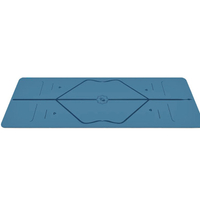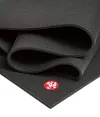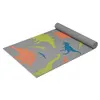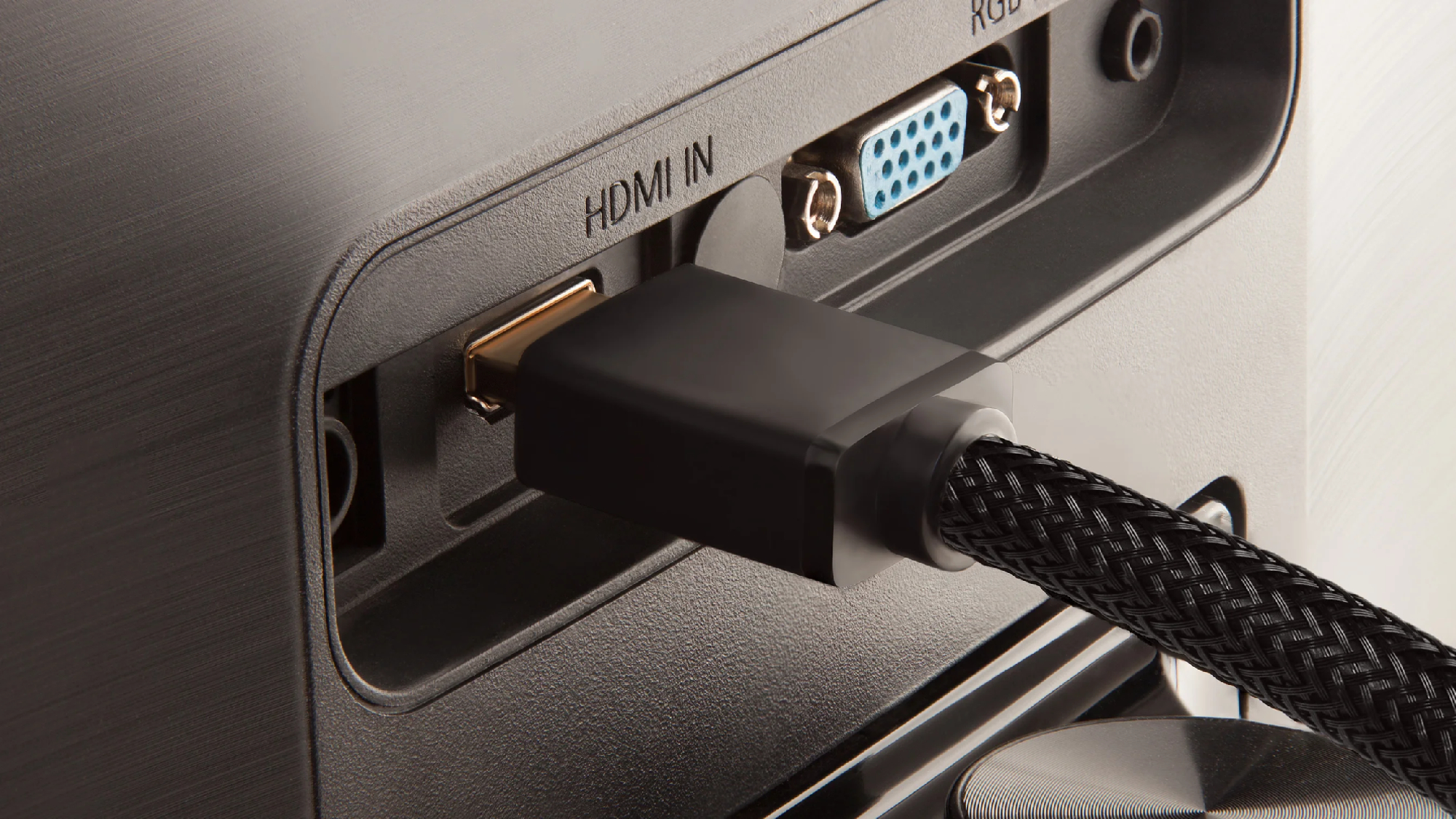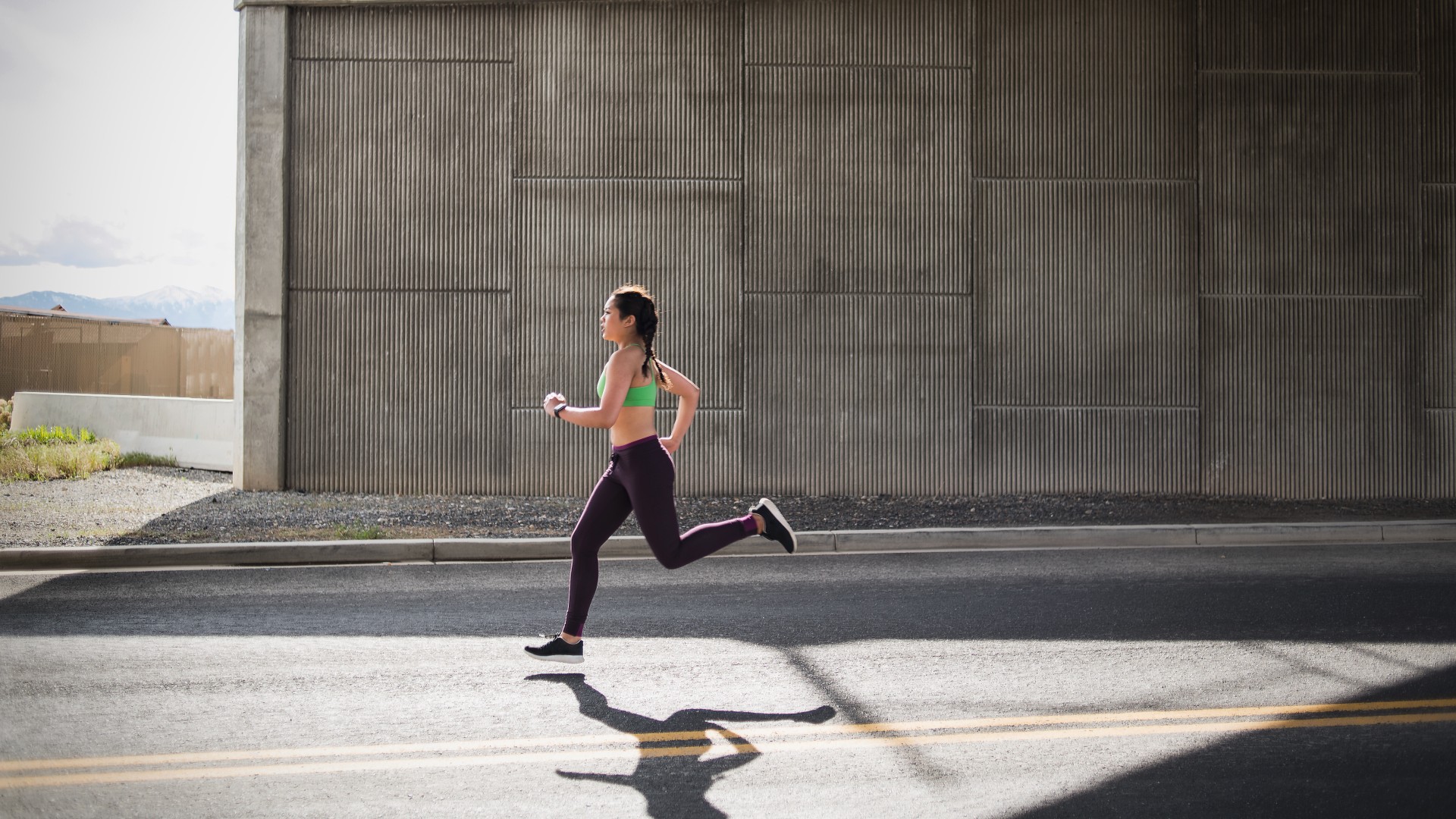
Dreaded Hyrox training is just around the corner, so in preparation, I’ve been slowly adjusting my exercise routine to include more running. I’ll caveat this by saying I am not a runner — I don’t particularly enjoy it, I’m not that fast or effective and my PB has never dipped under 25 minutes for a 5K run. Ever.
However, on the advice that I should aim for roughly three runs per week during peak Hyrox training, including compromised running (running under fatigue), I’ve been tying on a pair of the best running shoes and hitting one 5K per week for the last few months. Here’s what’s surprised me most.
What is Hyrox?

For context, Hyrox is a fitness race that has seriously blown up in the last year or two, and for good reason. The “anyone and everyone” global race allows participants to complete the same grueling workout against the clock, whatever their ability. Even better, the workout never changes, so year-on-year, you can improve your functional fitness, build on previous efforts and smash PBs.
To complete Hyrox, you’ll run eight 1km efforts with a functional workout station sandwiched between each run. These tests range from 1000-meter rows and ski ergs to 200-meter farmer’s carries and 100-meter sandbag lunges. Whatever your fitness level, some training is required to complete it.
I did my first Hyrox without any Hyrox-specific training — and it severely punished me. This year, I’m building out a dedicated 12-week training period, and to prevent gassing out early, I’m already slowly increasing my running output. When it hits peak training, I’ll mix shorter and faster distances with longer, slower efforts and compromised running to build aerobic capacity and muscular endurance.
Here’s what I’ve learned from adding just one run per week to my routine.
Liforme yoga mat: now $120 @ Amazon
This mat offers unparalleled grip and fantastic cushioning, especially if you practice outdoors. Plus, the stunning designs turn heads. We rated this mat in our best yoga mats guide.
I'm clock-watching less
My weekly routine consists of several CrossFit classes, hot yoga, a 5K run, plus lots of walking with my dog to keep my daily energy output high (a little trick called NEAT). This changes if I manage an extra run, but otherwise, my workout routine stays pretty consistent.
The only time I truly clock-watch during exercise is while running. I’m guilty of scanning my Apple Watch every few minutes hoping by some miracle that I’m nearly finished, only to realize with abject horror that I’ve been running for mere minutes. At the start, this happened a lot, but now, I’m already clock-watching less, which should be handy when I’m hitting those longer efforts.
I feel more comfortable already
Besides becoming more consistent with running, I haven’t changed anything else — my routine has stayed the same, and I haven’t adapted distances or even changed my route — yet, I feel noticeably more comfortable across a 5K distance.
Whatever your chosen sport or activity, we know that consistency is the key to success if you want to get fitter, stronger, or faster. As a general guide, most running guides recommend several weeks to months to begin noticing marked improvements, depending on your fitness level.
After just a few weeks, you might begin to notice some change, especially at the beginner level, but like any sport or exercise routine, real progress is often found around the three-month mark and beyond.
I haven't noticed any change to my body (that's not the point), but my cardio is getting stronger, and it's even translating to my CrossFit workouts.
I run better without music
Shock of the century: somehow, I run faster efforts (marginally) without music. Having read that my colleague tried running without music for two weeks and hated it, I thought I’d try. After all, I won’t have a set of the best workout headphones plugged into my ears on Hyrox day, so why not rip off the bandaid early?
Unlike my colleague, I focus better. Even while listening to the top running playlists and carefully choosing ones like “Run 5K in 20 minutes,” I get too easily sucked into the beat of a song (known as beats per minute, or bpm), and it has a wild impact on my pace. Without noise to distract me, I’m finding it easier to set and maintain pace.
I'm a negative split runner
Although I won’t be running long enough distances to justify pace ranges, it’s useful to keep an eye on splits and learn when I slow down or speed up, and why. A lesson I learned early during my first Hyrox — never go too hard during the first few Ks. Hold it back, even if you’re feeling great.
Having spoken to my colleague at Tom’s Guide who runs marathons for fun, I learned that negative splits are no bad thing. A common mistake for running beginners is to go too fast at the start and ultimately burn out. Learning to manage your pace keeps gas in the tank, putting you in good stead for those longer distances, and allowing you to increase pace later in the race — hello, negative splits.
Hopefully, this helps me on race day and prevents my ego from setting off faster than I do.
My verdict on running 5K every week
So far, I’m enjoying running more, and it’s beginning to feel easier, which I’ll need if I want to beat my time. Heading properly into training later this year, I’ll be documenting my training plan and tracking runs using one of the best running apps to monitor my progress.
More from Tom's Guide
- Forget planks — this dumbbell workout tones and strengthens core muscle in just 15 minutes
- Apple Watch X — 5 rumored upgrades I'm most excited for
- I just tried this beginner-friendly 3-move CrossFit workout — here's what happened
Sign up to get the BEST of Tom's Guide direct to your inbox.
Get instant access to breaking news, the hottest reviews, great deals and helpful tips.

Sam Hopes is a level 3 qualified trainer, level 2 reiki practitioner and senior fitness writer at Tom's Guide. She is also currently undertaking her Yoga For Athletes training course. Sam has written for various fitness brands and websites over the years and has experience across brands at Future such as Live Science, Fit&Well, Coach, and T3.
Having worked with fitness studios like F45 and Virgin Active, Sam now primarily teaches outdoor bootcamps, bodyweight, calisthenics and kettlebells. She also coaches mobility and stretching-focused classes several times a week and believes that true strength comes from a holistic approach to training your body.
Sam has completed two mixed doubles Hyrox competitions in London and the Netherlands and finished her first doubles attempt in 1:11.
